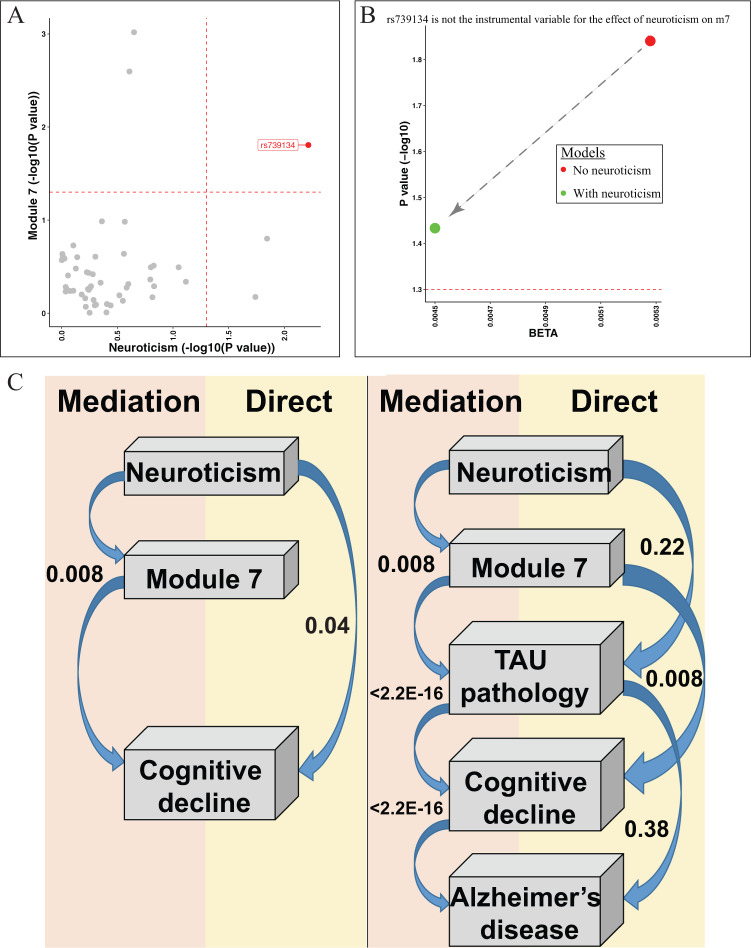Fig. 3. Causal chain analysis by mendelian randomization and mediation tests.
A Rs739134 was associated with both neuroticism and module 7 expression. Each dot represented one of the 69 reported neuroticism-associated SNPs (Nagel 2918) and their P values (−log10 transformed) for neuroticism (X axis) and module 7 expression (Y axis) in ROSMAP were presented. B Rs739134 is not the instrumental variable for the effet of neuroticism on module 7 gene expression. The effects of rs739134 on the module 7 expression for the were presented by BETA (X axis) and P values (−log10 transformed) in the two models without the adjustment of neuroticism (red dot) and with the adjustment of neuroticism (green dot). The red dashed horizontal line represented the significance threshold of P = 0.05. C Module m7 mediates the effect of neuroticism on cognitive decline. Left panel: we present the most likely sequence of events based on our cross-sectional data. The most likely scenario is that being more neurotic leads to an increase in m7 which then contributes to an acceleration in cognitive decline. The p value for this 0.008 while, in the same analysis, the direct effect of neuroticism on cognitive decline is much less (P = 0.04). Not shown is an analysis which shows that m7 is much more likely to be downstream of neuroticism than upstream where an increase in m7 would make someone more neurotic. Right panel: we expand the model shown in the left panel with Tau pathology which is known to immediately precede cognitive decline and a diagnosis of AD which occurs after someone has begun to decline. Here, three mediation tests are presented: (1) Neuroticism→m7→Tau is more likely than a direct effect of Neuroticism→Tau, (2) m7→Tau→Cognitive decline is more likely than m7→Cognitive decline, and (3) Tau contributes to AD dementia by affecting the slope of cognitive decline (Tau→Cognitive decline→AD), which is the well-accepted model of AD. TAU abnormally phosphorylated Tau protein, AT8.

